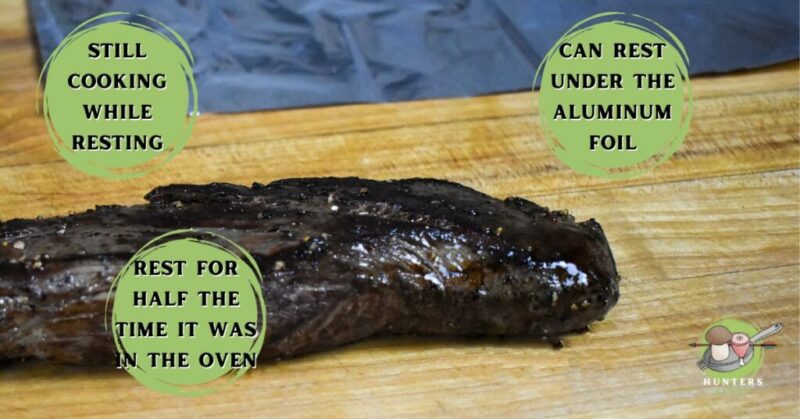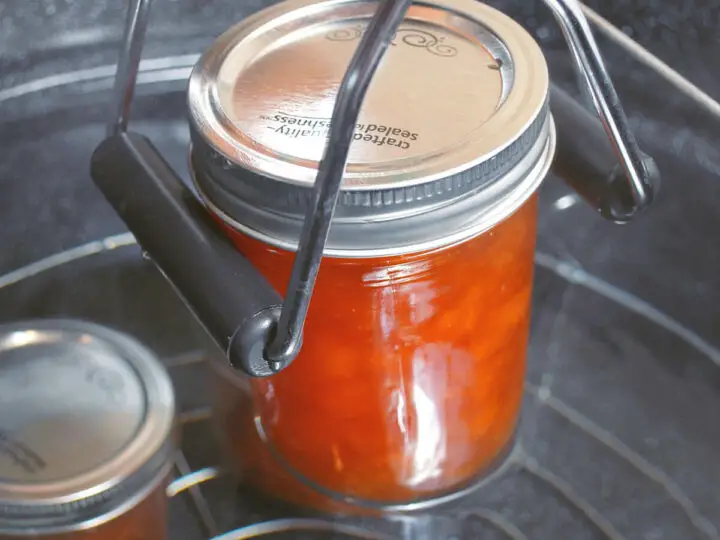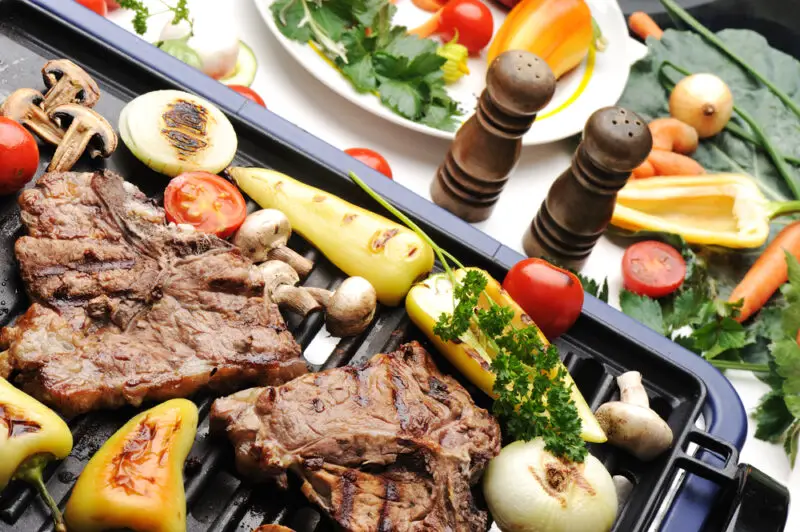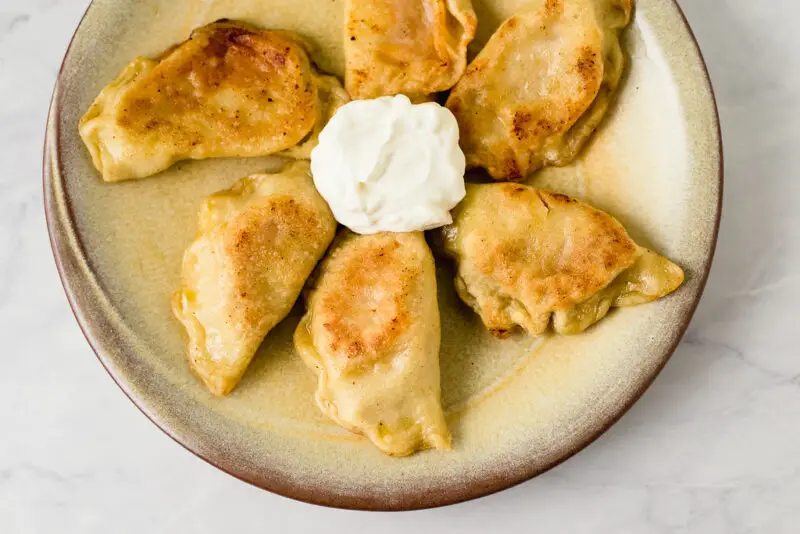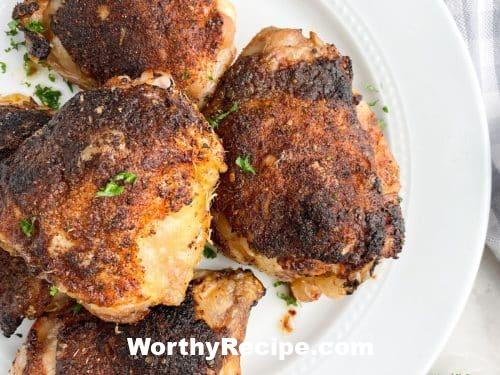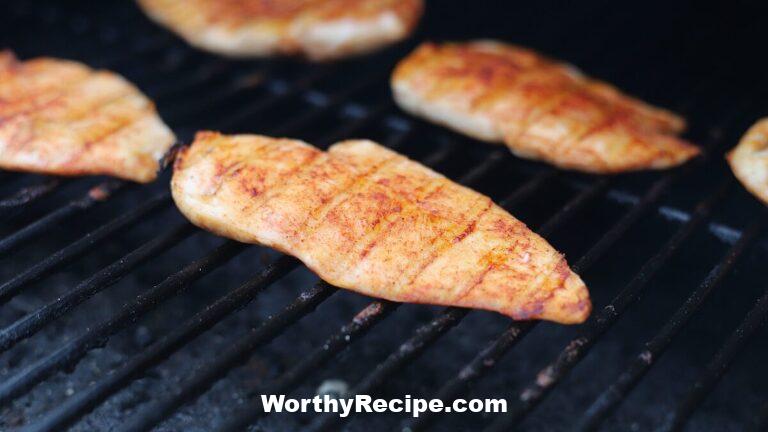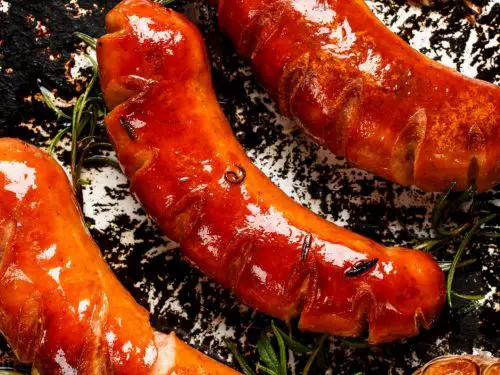FAQ: How to Cook Deer Meat in the Oven
Deer meat, also known as venison, is a healthy and tasty alternative to beef, pork, chicken, or turkey. The deer meat has a distinct flavor and texture that can be enhanced by different cooking methods. One of the most popular ways to cook deer meat is by using your oven. However, many people still have questions about how to make the most out of this method. In this article, we’ll answer some common FAQs about cooking deer meat in the oven.
How do I choose the best cut of deer meat for oven cooking?
When it comes to choosing the best cut of deer meat for oven cooking, there are a few factors to consider. First of all, not all cuts are suitable for this type of cooking. Some cuts are best grilled or pan-seared, while others benefit from slow-cooking methods like stewing or braising.
The different cuts of deer meat:
- Tenderloin: the most tender cut, located along the spine.
- Backstrap: also known as loin or saddle, another tender cut that runs along the back.
- Rib rack: ribs with attached meat; great for slow-cooking methods.
- Shoulder: a tougher cut that benefits from braising.
- Hindquarter: one of the largest cuts, includes the sirloin and leg portions; ideal for roasting.
Which cuts are best suited for oven cooking?
- Tenderloin
- Backstrap
- Hindquarter (roasting)
Tips for selecting fresh and quality deer meat:
- Look for cuts with a deep red color and little fat.
- Smell the meat to ensure there are no off odors or spoilage.
- If possible, buy from a reputable source or hunt your own deer.
How do I prepare the deer meat before putting it in the oven?
Before cooking your deer meat in the oven, there are a few preparation steps to consider. One of the most important is marinating. Marinating can enhance the flavor and tenderness of your venison by infusing it with various herbs, spices, and acids. You can use a store-bought marinade or create your own using ingredients like garlic, soy sauce, vinegar, olive oil, honey, or red wine.
How long should I marinate my deer meat?
This depends on the type of marinade you’re using and the cut of meat. Generally speaking, overnight marination is ideal for larger cuts like hindquarter and shoulder. For smaller cuts like tenderloin and backstrap, a few hours may be sufficient.
Seasoning tips for maximum flavor:
- Use a dry rub before applying your marinade.
- Avoid using too much salt, as venison is naturally low in fat and can become salty quickly.
- Add fresh herbs like rosemary or thyme to complement the gamey flavor.
- Add sweet elements like maple syrup or brown sugar for balance.
What’s the right temperature to cook deer meat in the oven?
The right temperature for cooking deer meat in the oven depends on the type of cut, desired doneness, and personal preference. It’s important to note that venison should not be eaten rare like beef, as it may harbor harmful bacteria. The USDA recommends cooking venison to a minimum internal temperature of 160°F (well-done). However, some people prefer medium or medium-well cooked venison, which can be achieved by cooking the meat to an internal temperature of 140-150°F.
Recommended temperature guidelines according to USDA:
- Tenderloin and Backstrap: bake at 350°F for 20-25 minutes per pound or until an internal temperature of 140-150°F is reached.
- Hindquarter: roast at 325°F for 15-18 minutes per pound or until an internal temperature of 160°F is reached.
Heat-retaining methods vs. quick-broiling techniques:
If you’re looking for a juicier and more tender venison roast, consider using a heat-retaining method like covering your roasting pan with foil or braising your meat in a covered dish with liquid. Alternatively, if you’re looking for a crispy and caramelized exterior, use quick-broiling techniques like searing your tenderloin in a hot skillet before transferring it to the oven.
Do I bake or roast my deer meat?
Baking and roasting are often used interchangeably when it comes to cooking meat in the oven. However, there is a difference between the two methods. Baking refers to a dry-cooking method without added liquid, while roasting involves cooking meat with added liquids like broth or wine. Both methods can be used to cook deer meat, but the choice depends on the cut of meat and personal preference.
Which cuts should be baked vs. roasted?
- Tenderloin and Backstrap: either method can be used, depending on personal preference.
- Hindquarter: roasting is recommended for larger cuts like a whole leg or sirloin roast.
Advantages and disadvantages of each method:
- Baking: a dry-cooking method that preserves the natural flavors of the venison; may result in drier meat if overcooked.
- Roasting: a moist-cooking method that adds flavor and tenderness to the meat; may result in a more soupy texture if too much liquid is added.
Can I use my regular oven or do I need a special one?
You can use your regular oven to cook deer meat, but there are a few compatibility issues to consider. For example, some ovens may not be compatible with certain cooking pans or materials, such as cast iron or glass. Additionally, different ovens may have varying temperature control and heat distribution, which can affect the outcome of your cooking. To ensure even cooking and prevent any accidents, always follow the manufacturer’s instructions for your oven and other kitchen appliances.
Compatibility issues with some ovens and cooking pans:
- Avoid using glass bakeware directly on the oven rack, as it can shatter from sudden temperature changes.
- Avoid using cast iron on glass cooktops, as it can scratch the surface.
- If you’re unsure about the compatibility of your pans with your oven, consult the manufacturer’s instructions or a professional.
Temperature control and heat distribution concerns:
- Use an oven thermometer to ensure accurate temperature readings.
- Preheat your oven for at least 10-15 minutes before adding your venison.
- If you’re cooking multiple cuts of meat, rotate them in the oven to ensure even cooking.
Safety tips when using an oven or other kitchen appliances:
- Always use oven mitts or gloves when handling hot pans or dishes.
- Avoid leaving the room while your venison is cooking to prevent any accidents or fires.
- Follow proper cleaning and maintenance procedures for your oven and other appliances to ensure safe and efficient operation.
How long should I cook my deer meat in the oven?
The cooking time for deer meat in the oven depends on several factors, including the cut, weight, and thickness of the meat. As a general guideline, you can calculate about 20-25 minutes per pound for tenderloin and backstrap, and 15-18 minutes per pound for hindquarter when using a roasting method. However, it’s important to monitor the internal temperature of your venison with a meat thermometer to ensure that it has reached a safe minimum temperature (160°F) or desired level of doneness. Other factors that can affect cooking time include the altitude, humidity, and individual oven characteristics.
How do I know when my deer meat is properly cooked?
The traditional temperature testing method:
- Insert a meat thermometer into the thickest part of your venison, avoiding touching the bone or fat.
- Wait for the temperature reading to stabilize.
- Ensure that the internal temperature has reached a safe minimum of 160°F or desired level of doneness.
Other visual and behavioral cues to look for:
- The meat should be firm to the touch but still have some give.
- Cooked venison should be uniformly browned on the outside with no pink or raw spots.
- Juices should run clear when pierced with a knife or fork, instead of being bloody or pink.
Tips for preventing overcooking or undercooking:
- Avoid cutting into your venison while it’s still cooking, as this can cause juices to escape and dry out the meat.
- If you’re unsure about the proper cooking time or internal temperature, use a meat thermometer or seek advice from a professional chef or cookbook.
- If your venison is overcooked, try adding some liquid (like broth or wine) to rehydrate it before serving. If it’s undercooked, return it to the oven for additional cooking time, but watch it carefully to prevent burning.
What are some tasty sides and sauces that go well with deer meat?
Deer meat has a rich and gamey flavor that can be enhanced by a variety of side dishes and sauces. When choosing sides, consider pairing your venison with vegetables like roasted root vegetables, sautéd greens, or creamy mashed potatoes. Grains like quinoa, rice or couscous also complement the texture of venison. As for sauces and marinades, you can experiment with different flavors like fruit-based (such as cranberry or apricot), wine-based (such as red wine reduction), or savory (such as mushroom gravy).
Side dish considerations, including veggies and grains:
- Roasted root vegetables, such as carrots, potatoes, or parsnips.
- Sautéed greens like kale, spinach, or chard.
- Creamy mashed potatoes or sweet potato puree.
- Grains like quinoa, rice, or couscous.
Sauces and marinades that complement the flavor of deer meat:
- Fruit-based sauces like cranberry or apricot for a sweet and tangy contrast.
- Wine-based sauces like red wine reduction for a bold and complex flavor.
- Savory sauces like mushroom gravy for a rich and earthy aroma.
- Herb-infused oils or butters for a simple and elegant touch.
Presentation tips for serving your venison meal:
- Garnish your venison with fresh herbs like rosemary sprigs or thyme leaves for a pop of color and aroma.
- Serve your sides and sauces in separate dishes to allow guests to customize their plate.
- Pair your venison with a complementary wine, such as a red Burgundy or Cabernet Sauvignon.
Are there any special rules for storing and reheating cooked deer meat?
Proper storage and reheating procedures are important for food safety and quality, especially when it comes to wild game like deer meat. To prevent the growth of harmful bacteria, you should refrigerate or freeze your leftover venison within two hours of cooking. Store it in an airtight container or wrapped tightly in foil or plastic wrap. If you’re planning to use the leftovers within 2-3 days, store them in the refrigerator. Otherwise, freeze them for up to six months.
Proper refrigeration guidelines for cooked venison:
- Refrigerate leftover venison within two hours of cooking.
- Store in an airtight container or wrapped tightly in foil or plastic wrap.
- If using within 2-3 days, store in the refrigerator. Otherwise, freeze for up to six months.
Safe thawing and reheating methods:
- Thaw frozen venison in the refrigerator overnight or under cold running water.
- Reheat cooked venison in the oven, stovetop, or microwave until steaming hot (165°F).
- Avoid refreezing previously frozen venison unless it has been cooked thoroughly.
Ways to adapt leftover deer meat into new recipes:
- Use shredded venison as a protein source in salads or sandwiches.
- Add diced venison to soups, stews, or chili for added flavor and texture.
- Crisp up leftover tenderloin slices in a skillet for steak bites appetizers.
- Make a quick stir-fry with thinly sliced backstrap and veggies like broccoli and bell peppers.
Conclusion
Cooking deer meat in the oven can be a delicious and healthy way to enjoy this gamey protein. By following these FAQs, you can select the best cut of meat for your needs, prepare it properly, and cook it to perfection. Whether you prefer roasting or baking your venison, there are many ways to amp up the flavor with marinades, rubs, and sauces. Don’t be afraid to experiment with different sides and herbs to create a well-rounded meal. And remember to store your leftovers safely and creatively adapt them into new recipes for a tasty and sustainable meal.Q: What is the best temperature to cook deer meat in the oven?
The best temperature to cook deer meat in the oven is between 325°F to 350°F. This ensures that the meat is cooked thoroughly without overcooking it.
Q: How long should I cook my deer meat in the oven?
The cooking time for deer meat depends on a few different factors such as the cut of meat, thickness, and desired level of doneness. However, as a general rule, you should cook your deer meat for 15-20 minutes per pound.
Q: Should I marinate my deer meat before cooking?
Marinating your deer meat before cooking it can add flavor and enhance its tenderness. You can marinate deer meat in a variety of marinades such as soy sauce, Worcestershire sauce, or even beer. Just be sure not to over-marinate the meat as this can make it mushy.
Q: How do I know when my deer meat is cooked?
To ensure that your deer meat is cooked properly, use a meat thermometer to check its internal temperature. For venison steaks and roasts, cook until it reaches an internal temperature of 145°F for medium-rare or 160°F for medium. Ground venison should be cooked to an internal temperature of at least 160°F to ensure it’s safe to eat.
